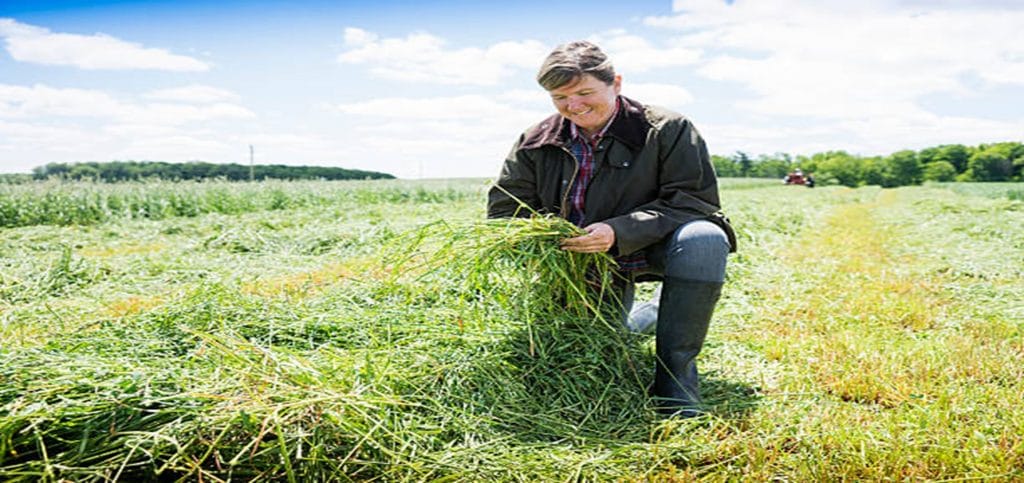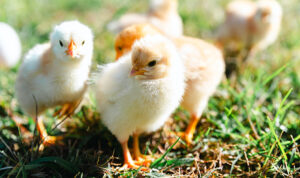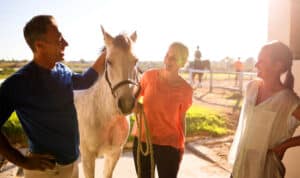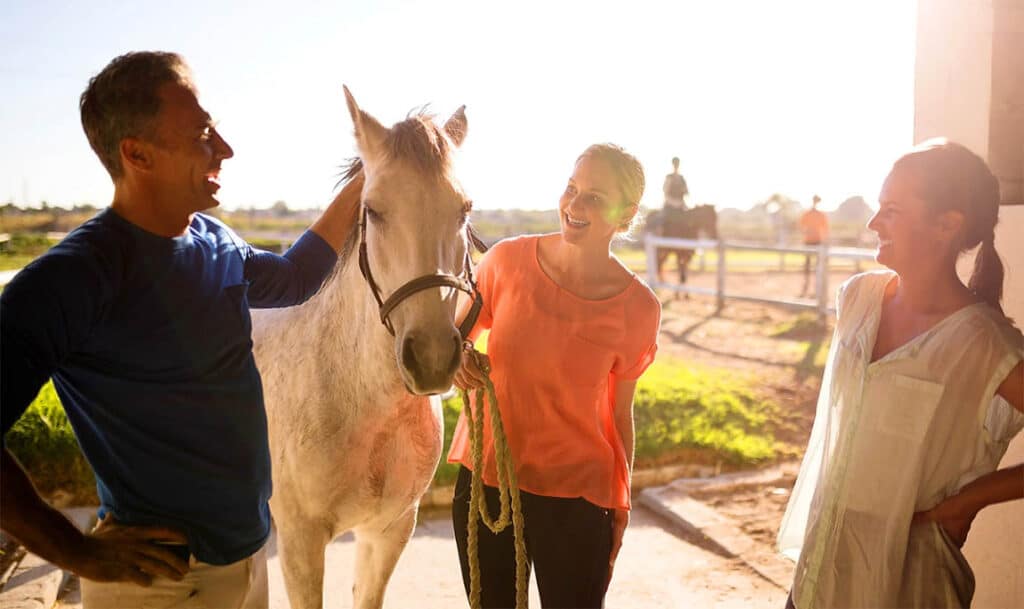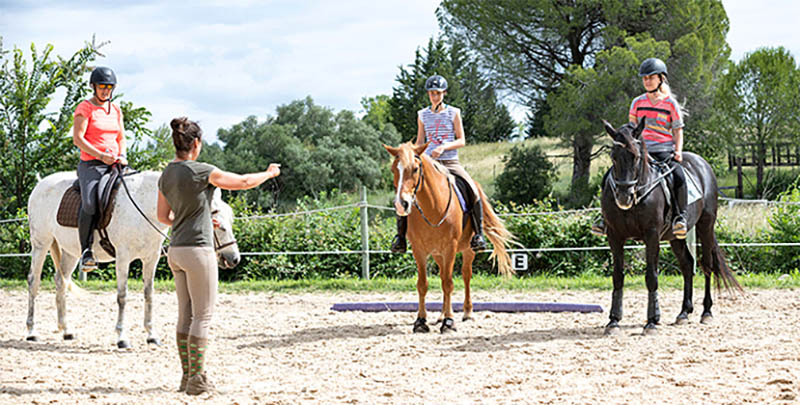The fact is horses eat a lot of hay. For horse owners the provision of good quality hay that is clean (weed free) and green (not straw-like or dry), is a constant four-way battle between budget, availability, quality and storage.
Quality Comes First
The most economic way to buy hay is to purchase quality over quantity. There will be less wastage, higher nutritional value and less risk of health problems developing in the horse such as colic, respiratory inflammation or poisoning that would necessarily result in much angst in addition to expensive vet bills.
Buy hay that is specifically cured and produced for horses. Hay that is put up for cattle does not usually meet the dust free, weed free requirements for equine needs. Also be aware that certain types of hay grasses, such as alfalfa, can be seeded as round-up ready seed and sprayed during its growing season before harvesting. If you do not want genetically modified forage shop carefully for your hay source.
Depending on your type of storage and equipment on hand it may be possible to save money by purchasing large rounds or squares of hay over the standard user-friendly small squares. Please see helpful tips below on safe hay storage and optimal hay equipment needed to handle and safely feed the unwieldy large rounds and squares.
Be aware that if you simply feed larger bales on the ground without the use of an equine feeder, the savings in the initial outlay for the hay will quickly be trampled by the wastage of hay under hoof.
Also take note that hay that is handled solely by machine, may not provide as good a product as the small bale for varietal reasons such as moisture content and curing; wrapping method; storage outside; are more likely to harbor dead animal matter off the fields such as mice, fawns, snakes, that will not be detected before stacking and sale.
There are significant advantages to utilization of an equine feeder regardless of what size hay bales are used. The slower rate of feeding is healthier for the horse, as mentioned money may be saved on the hay budget with less wastage of product on the ground, and with large bales and the right tools for the job feeding can be completed less often saving on labor costs. Learn more about how to safely use an equine feeder .
Best prices on hay are always early in the season. Money can be saved by buying hay fresh off the field, but be careful the hay is properly cured to less than 14% to avoid risk of fire due to combustion. All hay ‘sweats up’ in the first few weeks after baling, so this is when the fire risk is highest. Hay that is baled at too high a moisture content will also inevitably dust.
The use of chemical or natural preservatives and/or dry-down agents is a common method used by farmers to save time and mitigate the weather risks for damage to the crop once knocked down. These products are not tested for safety of use in horses and are not easily detectable on the crop. If you have concerns regarding curing methods learn the provenance of the hay being purchased and the procedures used for its harvest. Stories of salt spread between bales on a stack, mouse poison being put down between bales to stop vermin chewing strings, and even fire-retardant being applied to hay abound. While such practices are certainly not widespread, and the stories could be taken with the proverbial ‘ grain of salt’, there is no smoke without fire.
It can be tempting to pre-purchase loads of hay sight unseen. For obvious reasons this provides an opportunity for abuse of trust on the part of the vendor (middleman or producer).
There is a significant presence in the hay marketplace of hay dealers or as some like to be called, hay purveyors. Some of these folks may farm themselves either from their own properties or custom farm for others, and resource additional hay supplies from others to supplement their hay production business. Other folks may produce no hay of their own at all and simply act as a liaison between hay producer and hay purchasers. Be extremely careful about parting with money before the load of hay is in front of you and available for inspection. Loads may be salted with good hay on the tail of the truck and less quality in the center. Always count your hay off and check the weight tally to ensure accuracy of load provided as well as quality of load if possible.
Many times a hay dealer or purveyor, will request from the producer a photo of the hay which will then be claimed as hay of their own. It is simple to pass off someone else’s photos of a beautiful stack of hay or equipment running in a field of lush green grass and present it as the hay for sale. Don’t be fooled by clever tactics, always check the source.
Availability and Storage
Due to modern day machine methods available for baling and handling hay farmers are increasingly opting out of small square bale production in favor of the less labor intensive and less time consuming option of making and handling large squares and rounds.
In certain regions of the U.S.A. it is nearly impossible to find the user-friendly but labor intensive small squares available.
For barns with lofts for use as hay storage obviously small squares are the only option that can be safely stored on the second story due to the structural strength of the loft floor and handling issues with larger hay units.
If hay storage is an option at ground level with good access for a skidsteer or tractor, the use of large rounds and squares can easily be facilitated. However, it is essential for the safety of both horse and human that the task of moving large hay bales from A to B, and stacking them safely within a building is done with careful consideration of the type of equipment on hand and how to complete the process.
The best way to ruin a good bucket on a tractor loader is to attach a single hay spear to it where the original manufacturer’s design did not provide for such addition. A single spear is also the most dangerous type of tool to utilize to pick up and move large round bales, as the bales can turn on the spear at any time and cause the tractor to become unbalanced and even overturn. Overturned tractors are the leading cause of death for farm operators.
A three-pronged spear or a grabber device is best for picking up large hay bales. The tractor or skidsteer should have the necessary lift capacity to safely move the weight of the bale, and ideally have a cage at a minimum, and certainly a roll bar and safety harness for the tractor to protect the operator from overhead damage that can easily occur when stacking large bales above ground height.
Tractor stability can be enhanced by weights added to the tractor (or a heavy piece of other equipment hitched behind), wheels placed as far apart on the tractor as the manufacturer allows, and the addition of water or calcium chloride in rubber tires to provide a lower center of gravity for the equipment. The use of antifreeze in tires is not a good idea as should it leak it is toxic to livestock. There are many options of loading tires including options like beet juice! Be aware that calcium chloride can cause rim damage to metal over time in certain situations. Consult your tractor dealer/technician for advice.
Poly tunnels with wide and tall enough access for the handling equipment, or metal or wood built storage/equipment sheds can be valuable assets for hay storage needs. Not only will the structure protect the expensive hay from water damage, the separation of the hay storage area from vehicles, horses and area of flammable nature provides an important safety net in case of fire.
Hay should always be stored cut side up, baled to less than 14% moisture, in areas with good passive ventilation and no condensation issues for best results.
Loyalty and Fair Pricing
Haymaking is not an easy task. Mother Nature, expenses for fertilizers such as lime, diesel costs and costly machine repairs and capital purchases all make the farmers’ lives difficult. This is without the high risks of injury, insurance costs, and labor. Certainly it is no 9-5 job.
When you find a good hay source stick with it. Loyalty to your farmer will usually be rewarded with loyalty in return, and establishing a good working relationship where payment is prompt and without issue and quality of product produced is appreciated is paramount to ensure an ongoing good supply of hay.
Hay pricing is governed by commodity markets and hay sales prices across the country are readily tracked through the U.S.D.A. website. When hay prices are escalating with export high export levels hay prices will also increase due to increased demand on supplies. Extreme weather across the U.S.A. can create shortages of hay supply. National demand always increases as winter approaches.
It is always prudent for horse owners with the room and funds to stock up hay supplies sooner rather than later to do so, to ensure an adequate supply for horses’ hay needs.



